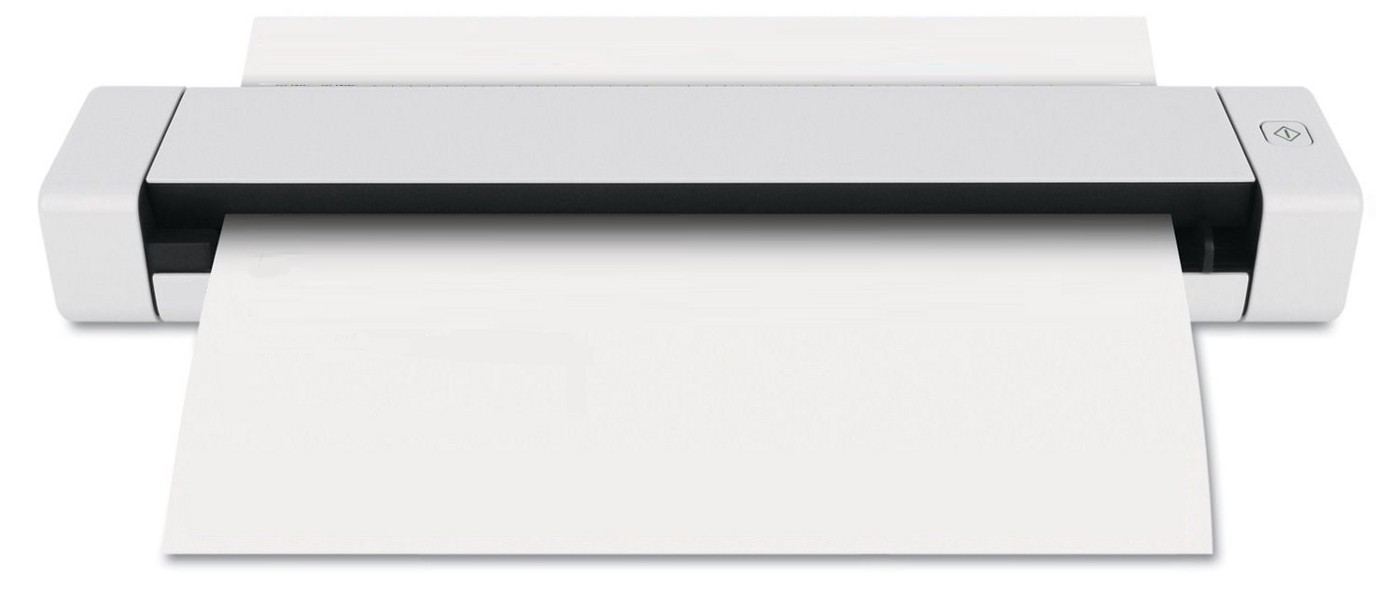
The Printer We Need
Printers: They don’t work. Here’s my wishlist for one that might.
If you’ve followed my work for any time, you know I’m fond of pointing out that printers don’t work. This is because printers don’t work. But what if they did?
We're 30+ years into the PC revolution, and 3 things still never work: Voice chat, projectors & printers. — Anil Dash (@anildash) April 13, 2011
PC Load Letter
Printers are, generally, the worst. Manufacturers make terrible unreliable products, sell them at an unsustainable price, and then try to prop up their business model by being extortionate about proprietary consumables like inkjet ink. And their user interfaces and software drivers are absolutely abysmal.
Perhaps worst of all, they’re solving the wrong problem. We’re not trying to print picture-perfect photos for framing, or hundred-page manuscripts. Normal people who are tech-savvy really only use their printers for functional documents like receipts or boarding passes or tax records, and even those are only needed every once in a while. Contrary to what the printer manufacturers seem to think, most don’t even need color printing.
So that’s the first part of the answer — a black-and-white printer that’s fast, reliable and doesn’t have huge recurring costs like ink that costs a ton up front and then dries up from disuse. Fortunately, there’s a category that already meets exactly these needs: laser printers. We want a simple laser printer.
Next we want this printers to be as dumb as possible. There should be the fewest amount of moving parts feasible, using as many older, mature technologies as possible, and almost all of the brains should come from the devices that are printing. The only thing on the printer should be a power button and the port where you plug in the single USB cable that provides power to the device.
And yep, that means no paper tray or paper feeding mechanism. It’s easy to throw in the few sheets of paper that are needed for a small print job, and those sheets could ideally go straight through the machine on simple rollers, so there’s nothing to jam up. This is a device for people to use in their homes from time to time, not a high-output office machine that needs to print 100-page contracts.

Some existing printers have mostly gotten the form-factor right, they just screw up the rest of the experience.
Prints and the Revolution
Finally, this thing should be a little bit expensive. Not inordinately pricey, but just enough that its manufacturer wouldn’t be desperately trying to claw their way to profitability through the sale of proprietary printer cartridges. Make a little bit of money on the sale of the hardware.
And let us pay a monthly fee — not too high, less than we pay for Netflix — and have the thing just automatically send toner refills when we need them. Printers know when they’re low on toner, and nobody wants to keep extra cartridges lying around, so just detect when it’s close to being out of toner and send more. You could maybe even send paper when it’s needed, though that’s optional.
The toner should arrive in simple packaging, maybe a simple bag or pouch with the toner in it and a little funnel spout on the side to pour it into the printer’s toner storage without having to replace a big plastic cartridge. Key thing here is the toner packaging shouldn’t be so environmentally wasteful, and shipping of just-in-time refills could go through regular mail from an ordinary fulfillment center.
The Problems
Of course, things won’t be quite this simple. People have tried a lot of these different ideas before. You’d have to get a lot of little details right to pull it off.
Right now, most of the hardware one would use to build such a printer is technology that’s being made by the old-line printer companies that you’d be competing with. It’d be hard to source the mechanisms you need without incurring the ire or competition of the big players.
It would also be hard to explain this story — the people who insist they need color to print out photos would be very vocal, even though their needs are the ones the market has been (over-)serving for decades.
The mechanical design of the device would have to be excellent. To have a premium price and to clearly communicate that this is a new sort of printer, you would basically have to evoke Apple’s aesthetics and come close to their level of fit and finish in a mass-produced device. That’s hard to do on the first time out.
And though you could get started with crowdfunding and direct fulfillment, building the business to scale would probably require creating a distribution channel through classic retailers like the office supply stores. That would be much harder for a product that doesn’t promise any of the after-market consumables sales of other printers. You might have to stay online-only and trust that you could reach sufficient scale.
Let me know when I can order one.
Despite all the challenges (and I’m admittedly hand-waving away many others), I’m absolutely confident that there’s a market for, well, a printer that actually works. The success of upstarts like Eero in the wifi world provide very good models of how vastly better user experiences and designs can energize even relatively mature categories.
Okay, that’s it. Let me know when your Kickstarter launches and I’ll link it up!